Social Media Tips to Make Meetings More Engaging
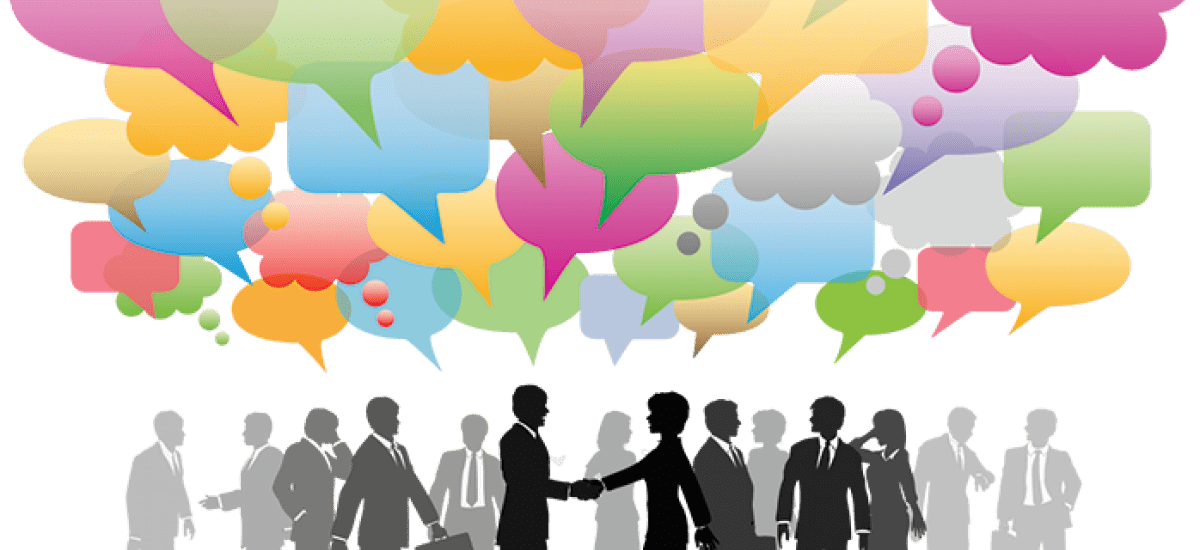
Looking for ideas on how to use social media interaction to increase engagement at meetings and events? Donna Baldino, IMS National Account Manager, asked the experts and here is what they had to say.
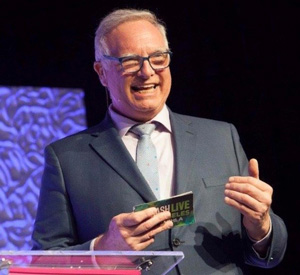 David Adler, CEO and Founder of BizBash Media
David Adler, CEO and Founder of BizBash Media
Q: Why do you think meetings are on the rise?
A: Meetings are the new Town Squares of the World where people truly connect. I learned that the most powerful word in the English language is LET’S . . as in- Let’s go to lunch, Let’s solve a problem - Let’s change the system – Let’s have a revolution, etc. The job of a meeting is to facilitate networking and idea flow. The neuroscience of event staging is more prevalent than ever today. Décor and event staging is necessary to visually stimulate the audience and enable them to see and hear things in a different way to enable communication. Staging is crucial to success of a meeting – proper staging with lights and audio video visual cleanses the brain so you can be open to what is presented. It’s like a palate cleanser or a neutral-flavored food or drink that removes food residue from the tongue allowing one to more accurately assess a new flavor according to Wikipedia.
The goal of good meeting now is to enable the audience to hear, see, touch, think and feel not to be bored and gloss everything over.
Q: How does use of social media affect attendee engagement?
A: The key to good social media besides all the right tagging, hashtags and technical stuff is to be relevant.
The concept of “the parasocial relationship” is becoming more important than ever in creating intimate connections. The most important new thinking in creating new relationships is what is called the Para-social relationship. These are two-way relationships with a fictional character. This is why YouTube stars have such a following and their followers know them better than their best friends. This why the Kardashians are so popular and why even pop stars like Katy Perry are using the technique of intimacy and vulnerably to promote new albums and tours. She recently allowed her fans to follow her around for 48 hours and even included them in her personal therapy sessions.
Events are two-way relationships and the best ones, like fan clubs and sports teams create a bond. I have a bond with events like TED - I think I am smarter when I watch or attend. That is the goal of event organizers: to turn their events into relationships that are relevant, are intimate and evoke passion. The DNA of an event is like the personality of a new friend that you want to connect with and is a beneficial relationship because there is something to gain.
Q: What is the role of the meeting professional in relation to social media at meetings?
A: Meeting and event professionals are the most courageous people I know. Meeting planning and event organizing is the most under-appreciated skill that businesses have but that is quickly changing through the use of social media.
A CEO who understands the power of human conversation embraces events as the best way to increase their share prices and value of stock. Examples of this are the Salesforce DREAMFORCE Conference and the Oracle OPEN WORLD Conference.
Q: What is your advice to meeting professionals regarding social media for meetings?
A: Strive for intimacy; be transparent; make what you say important but not pretentious. Use visuals whenever possible. I even practice what I preach and try to amplify what I hear at meetings by taking notes on Slack so entire company can get relevant information in real time while I am at a meeting they are not attending.
For more inspiration from BizBash: BizBash Podcasts
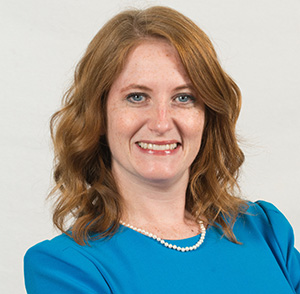 Cassandra Bailey, Owner of Slice Communications
Cassandra Bailey, Owner of Slice Communications
Slice Communications is an integrated communications agency with dedicated public relations and social media teams
Q: Why do you think meetings are on the rise?
A: Meetings offer a valuable experience to connect with other people and foster learning. They opendoors to something new and different and that trend will continue. It is important to offer smaller, more intimate settings within meetings for an even greater exchange of ideas. Capturing the exchange and sharing knowledge gained is where the return really happens.
Q: How does use of social media affect attendee engagement?
A: The great thing about social media is that nobody has a one-dimensional experience – it is a multi-dimensional experience. You always have your phone out and live tweeting, using Facebook or Instagram, etc. which is the same thing that happens at meetings. Creating a digital experience using a device and in-person experience complement one another now. People can interact with other attendees before, during and after a meeting and can interact with the speakers in a much more personal exchange. The ability to self-identify oneself to an entire group of people is possible with a few key strokes to interact with people who think the same way and have similar perspectives and interests through live tweeting, LinkedIn posts, etc. All of these exchanges make meetings more enjoyable and memorable for all attendees who participate.
Q: What is the role of the meeting professional in relation to social media at meetings?
A: Meeting professionals should be focused on how to create the best experience possible for attendees, whether for in-person connections or digital communications. They need to create a digital infrastructure to promote the meeting even before registration links are published and throughout the time before, during and after the meeting. They need to make it easy for all attendees to digitally connect and facilitate that exchange thereby combining in-person and digital interactions.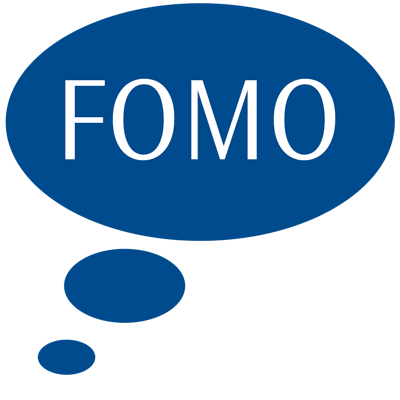
Q: What is your advice to meeting professionals regarding social media for meetings?
A: It is crucial to have before, during, and after event plans for digital infrastructure and extend the digital connections using all forms of social media. It is also imperative to create fear of missing out on the next conference – known as “FOMO” (Fear of Missing Out) and using all digital interactions to promote the following events.
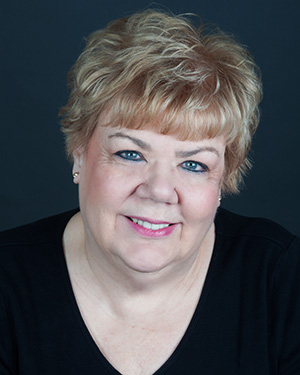 Marjorie Bicknell, Past President-Philadelphia Direct Marketing Association; Owner of Bicknell Creative and PDMA Lifetime Achievement Recipient
Marjorie Bicknell, Past President-Philadelphia Direct Marketing Association; Owner of Bicknell Creative and PDMA Lifetime Achievement Recipient
Q: Why do you think meetings are on the rise?
A: The economy is better and most businesses are doing better and hiring again. The recession curtailed meetings and people did not have the money to travel to meetings but that has changed. Now people are investing time and money to attend meetings for networking, learning and career opportunities. Creative opportunities are much more prevalent as well. Meeting attendance is up and the economy is more stable which gives rise to more meetings. Technology is also very important now to stimulate greater interest for attendees.
Q: How does use of social media affect attendee engagement?
A: For the most part people don’t use social media properly, as it is sometimes used as an advertising vehicle instead of true engagement opportunity. People really do not want more advertising through social media so it can be counterproductive. The proper way to use social media is to truly engage the audience by doing two things:
- Make sure that content is similar to friend talking to another friend sharing something interesting that happened.
- During meetings – encourage live Tweets and Facebook posts and display the posts – even doing contests to further encourage live posts is very beneficial. Sharing content is a true way to engage others. Use Hoot Suite to constantly post information before, during and after meetings for increased engagement opportunities.
Q: What is the role of the meeting professional in relation to social media at meetings?
A: Their role is to help the marketers to create the best meeting possible. They should provide all the information they have about the meeting (i.e. new speakers, exciting content, attendee counts, etc.) and drip content one item at a time and very frequently and always attach the link to registration. Encourage immediate action to register with all important data in the beginning of the post so the prospective attendee does not have to search for cost, location, etc. You must create excitement in each post.
Q: What is your advice to meeting professionals regarding social media for meetings?

A: My advice is to always use social media to promote meetings constantly keeping in mind the audience and the meeting benefit to attendees in every post (i.e. location – Disney World and invite families to join the attendee). Be very specific about benefits of meeting content from a learning perspective. Post content frequently on various social media outlets as repetition is good. Make it possible to link from a blog to a social media site and to other links (i.e. keynote speaker’s blog) but always ask permission to link to other people’s sites.
Keep messages brief and interesting and use photos, video, etc. to stimulate the audience. Always remember to keep the audience objective in mind and not your objective.
Bonus Social Media Tip:
Have a contest. Give meeting attendees more of a reason to use the social platform during the meeting by having a contest! Here are just a few of the ways to adapt the “share to win” strategy:
- Host a photo scavenger hunt around the venue and award the fastest attendee with a prize.
- Give an award to the attendee with the most creative meeting photo.
- Have attendees take photos that include a branded item, a business card or even a sign at different locations around the meeting city.
Article written by Donna Baldino, Global Account Manager at IMS.
Share This Article
Categories
Latest Posts

Philadelphia 2026: Is Your Venue Ready for the Spotlight?

Scalable AV Infrastructure for Life Science Enterprises
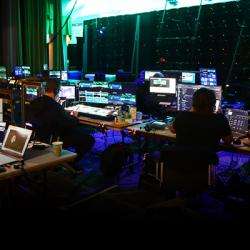
Extend Your Reach: The Power of Virtual and Hybrid Events

Why Every Detail Matters in Investor and Year-End Meetings
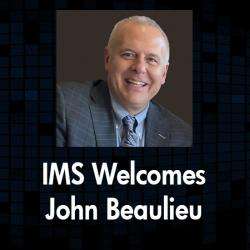
IMS Technology Services Welcomes John Beaulieu
Tags
Contact Us
- Headquarters: 3055 MCCANN FARM DRIVE, GARNET VALLEY, PA 19060
- Event Staging: 2000 COLUMBIA AVENUE, SUITE 300, LINWOOD, PA 19061
- Southeast Office: 404 SUNPORT LANE, SUITE 350, ORLANDO, FL 32809
- Phone: + 610-361-1870
- Contact Us
Services
Recent Posts

Philadelphia 2026: Is Your Venue Ready for the Spotlight?

